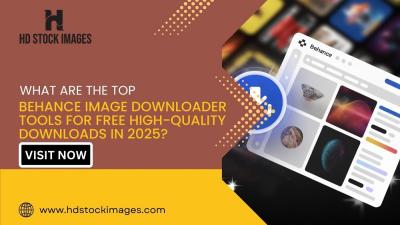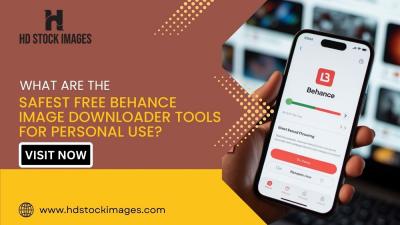In today's digital age, your online presence is just as important as your physical resume. One of the most effective ways to enhance that presence is by linking your LinkedIn profile to your resume. This simple act can offer potential employers a deeper insight into your professional journey, skills, and network. Let’s explore why this connection is crucial and how it can set you apart in a competitive job market.
Why You Should Link Your LinkedIn Profile
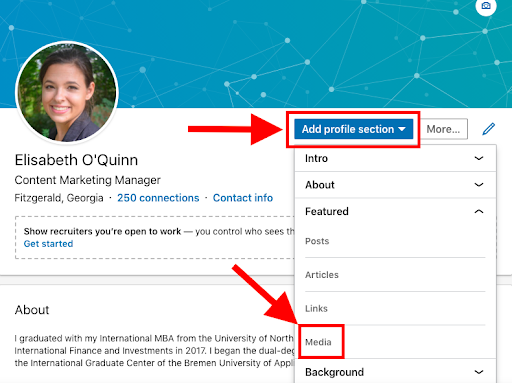
Linking your LinkedIn profile to your resume is like giving your potential employers a backstage pass to your professional life. Here’s why you should consider it:
- Showcases Your Professional Journey: Your LinkedIn profile allows you to expand on the bullet points in your resume. It provides space for additional details about your roles, achievements, and projects that may not fit on a traditional resume.
- Demonstrates Your Network: Employers often look for candidates with a robust professional network. By linking your LinkedIn, you show them your connections and endorsements, which can serve as a testament to your skills and credibility.
- Provides Recommendations: LinkedIn is a platform where colleagues and supervisors can leave recommendations. This social proof can significantly boost your chances of landing an interview.
- Highlights Your Engagement: A well-maintained LinkedIn profile reflects your commitment to your career. Sharing articles, participating in discussions, or posting your insights illustrates that you're active in your field.
- Easy Access to Updates: Unlike resumes, which can become outdated quickly, your LinkedIn profile is a living document. Linking it provides employers with the most current information about you at a glance.
In short, linking your LinkedIn profile to your resume benefits both you and the employer. It enhances your professional image and provides them with a comprehensive view of your qualifications.
Also Read This: How to View Applied Jobs on LinkedIn: A Quick Way to Track Your Applications
How to Integrate Your LinkedIn Profile into Your Resume
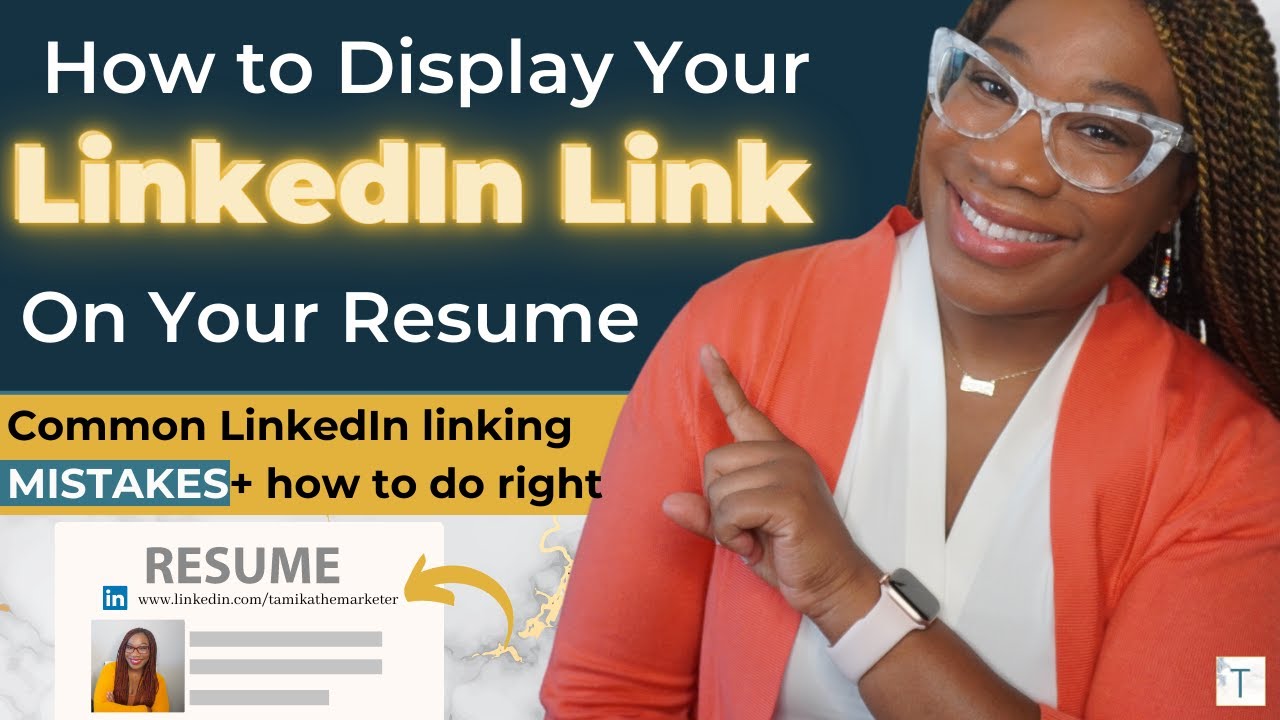
Integrating your LinkedIn profile into your resume is a smart move, making it easier for employers to find more detailed information about your professional journey. Here’s how to do it effectively:
- Include a LinkedIn URL: At the top of your resume, where you list your contact information, include a hyperlink to your LinkedIn profile. It should look something like this: linkedin.com/in/yourprofilename. Ensure it’s clean and easy to read.
- Match Your Branding: Your LinkedIn profile should mirror your resume’s branding. Use the same job titles, skills, and descriptions to maintain consistency. This shows that you’re professional and detail-oriented.
- Highlight Key Achievements: Use your resume to summarize your most impressive accomplishments, but don’t hesitate to direct employers to your LinkedIn for additional projects, recommendations, or endorsements that flesh out your expertise.
- Add a QR Code: For a creative touch, consider adding a QR code that links directly to your LinkedIn profile. This adds a modern flair and makes it easy for hiring managers to access your online presence instantly.
Remember, your LinkedIn profile is a living document, so keep it updated and ensure it complements your resume well!
Also Read This: Where and How to Add Your LinkedIn Profile on a Resume Effectively
Best Practices for Linking
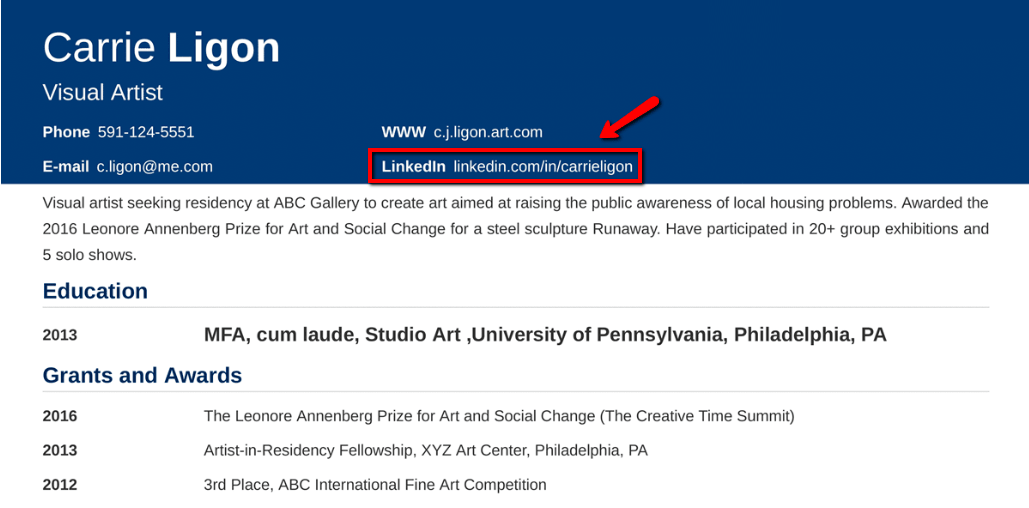
Linking your LinkedIn profile to your resume isn’t just about throwing a URL on the page. It’s about doing it thoughtfully! Here are some best practices to consider:
- Make it Professional: Your LinkedIn profile should be polished and professional. This means a high-quality profile picture, a compelling headline, and a well-written summary that showcases your career narrative.
- Customize Your URL: LinkedIn allows you to customize your profile URL. Make it concise and memorable—ideally, just your name. This makes it easier for employers to find you online.
- Maintain Consistency: Ensure that the information on your LinkedIn profile aligns with your resume. This includes job titles, dates of employment, and skills. Discrepancies can raise red flags.
- Engage with Content: Regularly share or engage with industry-related content on LinkedIn. This not only showcases your knowledge but also keeps your profile active and visible to potential employers.
- Network Wisely: Use LinkedIn to connect with professionals in your field. A good network can boost your visibility and may lead to job opportunities. Just remember to personalize your connection requests!
By following these best practices, you can ensure your LinkedIn profile enhances your resume rather than detracts from it.
Also Read This: How to Delete Someone from LinkedIn: A Simple Process for Managing Connections
5. Common Mistakes to Avoid
Linking your LinkedIn profile to your resume can be a game-changer in your job search, but there are a few common pitfalls you’ll want to steer clear of. Let’s break them down:
- Outdated Information: Always ensure that your LinkedIn profile is up-to-date. If your resume mentions a recent promotion or a new skill, but your LinkedIn profile doesn’t reflect that, it can raise red flags for potential employers. Keep both documents aligned!
- Inconsistent Branding: Your LinkedIn and resume should communicate a cohesive personal brand. Use similar language, tone, and even formatting where possible. Discrepancies can confuse hiring managers about who you really are.
- Neglecting Privacy Settings: Before sharing your LinkedIn link, check your privacy settings. Make sure your profile is public, especially your headline and summary. If potential employers can’t see your profile, they might miss out on your qualifications.
- Ignoring Recommendations: Recommendations on LinkedIn can enhance your credibility. If you don’t have any, consider reaching out to former colleagues or managers for endorsements. These can provide extra weight to your professional narrative.
- Failure to Customize Your URL: A generic LinkedIn URL can appear unprofessional. Customize it to include your name or a variation of it. This small touch not only looks cleaner but also makes it easier for employers to find you.
6. Conclusion
Linking your LinkedIn profile to your resume is more than just a modern touch; it’s about showcasing your professional journey in the best light possible. By avoiding common mistakes and ensuring both your resume and LinkedIn are well-aligned, you can create a strong, compelling narrative that catches the attention of recruiters.
Remember, your LinkedIn profile is a living document. It should evolve as you do—updating your skills, experiences, and accomplishments. The goal is to present a cohesive image of yourself that resonates with potential employers.
So, take a moment to review your profiles, make those updates, and embrace the power of a well-linked resume and LinkedIn profile. This small yet significant step can set you apart in a competitive job market. Happy job hunting!
 admin
admin






